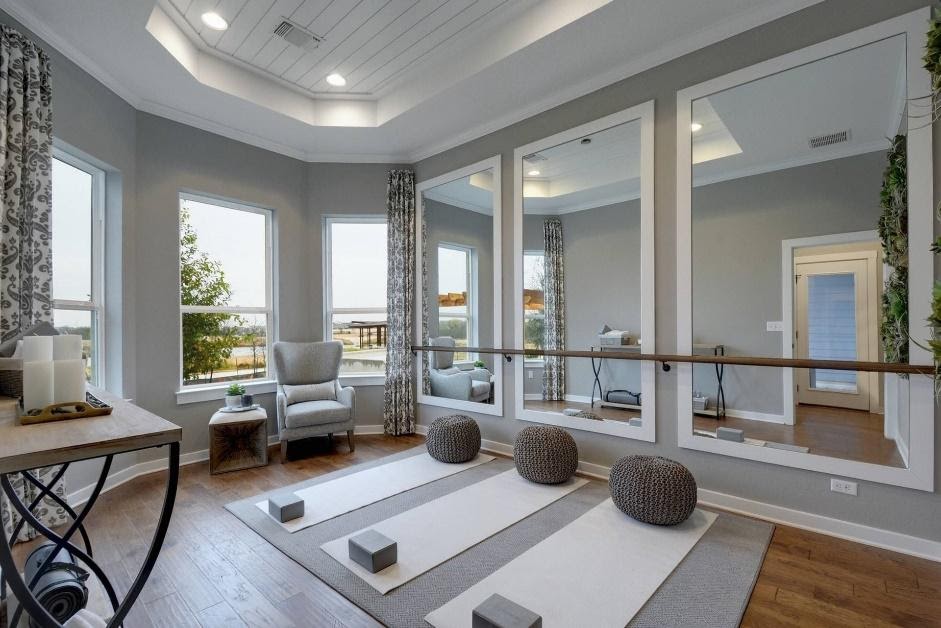When it comes to designing a modern home, lighting is often an afterthought. However, the right lighting can have a significant impact on both the aesthetic and functionality of a space. In addition to creating a warm and inviting atmosphere, proper lighting can also promote better health and well-being. In this article, we will explore some healthy lighting tips for modern homes.
1. Natural light is key
One of the most important aspects of healthy lighting is incorporating as much natural light as possible into your home. Not only does natural light provide a more pleasant and inviting environment, but it also has numerous health benefits. Exposure to natural light has been shown to improve mood, increase productivity, and regulate sleep patterns. To maximize natural light in your home, consider installing larger windows, skylights, and glass doors. You can also use mirrors and light-colored walls to reflect and amplify natural light throughout your space.
2. Invest in quality lighting fixtures
When it comes to artificial lighting, quality is key. Opt for LED bulbs, which are more energy-efficient and longer-lasting than traditional incandescent bulbs. LED bulbs also emit less heat, making them a safer option for your home. Additionally, consider investing in adjustable lighting fixtures, such as dimmable lights or smart bulbs that can be controlled remotely. This will allow you to customize the lighting in each room to suit your needs and preferences.
3. Layer your lighting
To create a well-lit and inviting space, it’s important to layer your lighting. This means incorporating different types of lighting, such as ambient, task, and accent lighting, into each room. Ambient lighting provides overall illumination, while task lighting is focused on specific areas, such as reading nooks or workspaces. Accent lighting is used to highlight architectural features or artwork. By layering these different types of lighting, you can create a more dynamic and functional space.
4. Consider color temperature
The color temperature of your lighting can have a significant impact on the mood and atmosphere of a room. Cool white light, with a color temperature of 4000-5000 Kelvin, is often used in workspaces and kitchens for its energizing and brightening effect. Warm yellow light, with a color temperature of 2700-3000 Kelvin, is more suitable for bedrooms and living rooms, as it creates a cozy and relaxing ambiance. Consider using adjustable lighting fixtures with varying color temperatures to create the right atmosphere for each room in your home.
5. Reduce blue light exposure
Exposure to blue light, particularly in the evening, can disrupt sleep patterns and negatively impact your health. Blue light is emitted by smartphones, computers, and LED bulbs, and can suppress the production of melatonin, a hormone that regulates sleep. To reduce your exposure to blue light, consider using warm white bulbs with a lower color temperature in the evening. You can also use blue light blocking filters on electronic devices, or invest in smart bulbs that can be programmed to emit less blue light during nighttime hours.
6. Use lighting to create a sense of balance
In addition to providing illumination, lighting can also be used to create a sense of balance and harmony in your home. By strategically placing lighting fixtures throughout your space, you can highlight architectural features, create focal points, and define different zones within a room. Consider using wall sconces, pendant lights, and floor lamps to add depth and dimension to your space. You can also use lighting to draw the eye upward and create a sense of height in a room.
7. Consider circadian lighting
Circadian lighting mimics the natural progression of sunlight throughout the day, adjusting color temperature and intensity to align with our sleep-wake cycle. By incorporating circadian lighting into your home, you can promote better sleep and improve overall well-being. Smart lighting systems, such as Philips Hue or Lutron, can be programmed to automatically adjust the color temperature and intensity of your lights throughout the day. This can help regulate your circadian rhythm and promote a healthier lifestyle.
In conclusion, lighting plays a crucial role in creating a healthy and inviting home. By incorporating natural light, investing in quality lighting fixtures, layering your lighting, considering color temperature, reducing blue light exposure, using lighting to create balance, and integrating circadian lighting, you can transform your space into a sanctuary that promotes well-being and enhances your quality of life. With these healthy lighting tips for modern homes, you can create a space that is not only aesthetically pleasing but also supports your physical and mental health.

